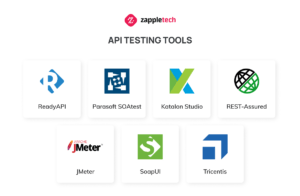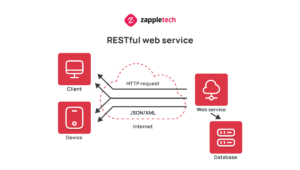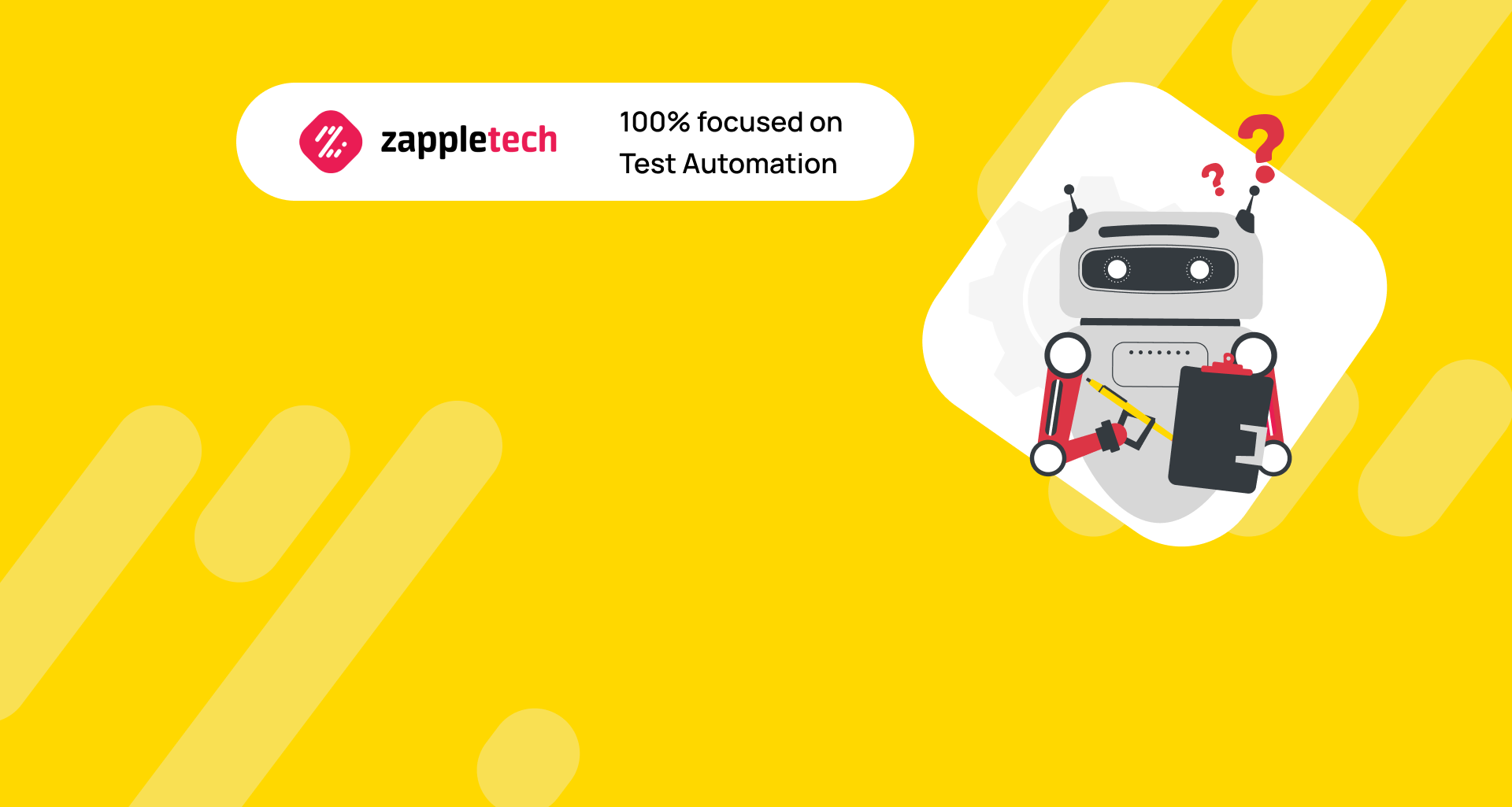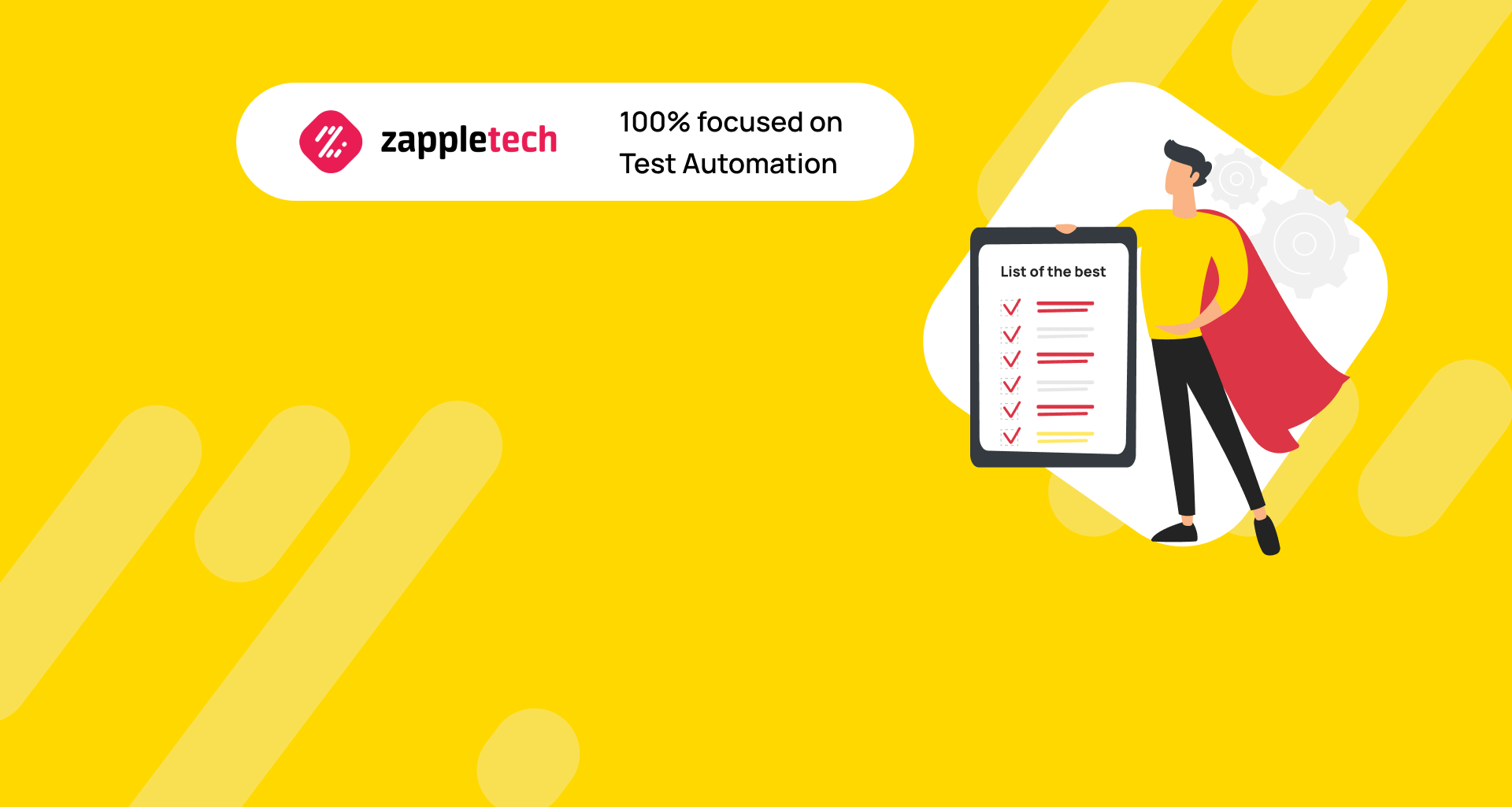Making sure web services are functional, secure, and reliable is crucial in the fast-paced world of software development. Strong and effective web applications are in greater demand than ever as user expectations rise and digital landscapes change. As a result, testing approaches are changing dramatically in the software industry, with automated web service testing standing out as a game-changer.
The days of manually testing web services to ensure their performance are long gone. Modern applications are so large and complex that a more advanced method is required. Automated web service testing makes use of state-of-the-art technologies and methodologies to optimize the testing process. It provides a number of benefits that ultimately improve the quality of software.
Table of Contents
The Foundations of Automated Web Service Testing
Fundamentally, automated web service testing is running test cases, verifying features, and rating the overall effectiveness of web services using specific tools and scripts.
Ensure the automated testing tool you select aligns with your project’s requirements, including API protocols, testing types (functional, security, performance), and integration with CI/CD pipelines.Mikhail BodnarchukCDO, ZappleTech Inc.
This approach differs from manual testing, in which these tasks are carried out step-by-step by human testers. The need for efficiency, repeatability, and early problem detection in the software development life cycle is what is driving the shift towards automation.
- Automation accelerates the testing process by swiftly executing predefined scripts.
- This speed enhances the development life cycle by quickly identifying potential issues.
The idea behind automated web service testing is to simulate how users would interact with web services and APIs (application programming interfaces).
Testers can assess a web service’s response to varying conditions by simulating different scenarios, inputs, and user behaviors using pre-written scripts. This speeds up the testing process and guarantees thorough test coverage, identifying possible problems that manual testing might miss.
Effective problem detection in testing: key advantages
- Early problem detection is a key benefit of automated web services testing.
- This efficiency helps to quickly identify and fix problems during the development process.
The Advantages of Automated Web Service Testing
There are many advantages for software development teams when automated web service testing is implemented. Speed is one of the main benefits. Organizations can meet strict release deadlines without sacrificing quality when using automated tests, as they can be completed far more quickly than manual tests.
Furthermore, automated test repeatability guarantees consistent outcomes, lowering the possibility of human error and offering a trustworthy foundation for assessing software performance.
Automated testing also makes early bug detection easier.
Tests allow developers to find and fix problems early in the development process by being integrated into the continuous integration and deployment (CI/CD) pipelines.Mykhailo PoliarushCEO, ZappleTech Inc.
This improves the software’s overall stability and dependability while also lowering the cost of fixing bugs.
Follow along as we explore the tools and frameworks guiding this transformation, go deeper into the nuances of automated web service testing, and discuss the obstacles that organizations may face as they work to implement effective and efficient testing procedures.
Automated web service testing is not merely a trend: it is a strategic imperative for those who strive to deliver flawless, efficient, and secure web applications in the digital age.
Outsourcing Automated Web Service Testing
Organizations in the ever-changing software development landscape are realizing the strategic benefits of outsourcing automated web service testing. This methodology not only improves the overall software development life cycle but also yields numerous benefits for operational efficiency.
Cost Efficiency
Through outsourcing, companies can avoid making large investments in infrastructure. Testing service providers relieve businesses of the financial burden of setting up and maintaining such resources internally by providing them with access to the newest tools, technologies, and testing environments.
Organization that outsource can choose a flexible payment plan. It is a cost-effective solution because this “pay-as-you-go” strategy guarantees that businesses only pay for the testing services they actually need.
Focus on Core Competencies
Internal teams can focus on their core competencies, like software development and innovation, by outsourcing testing activities. Organizations can allocate resources more effectively and with greater productivity when they adopt this focused approach.
Organizations can accelerate the testing process and reduce the time it takes for their software products to go on sale by working with a dedicated testing partner. This flexibility is especially important in cutthroat industries where quick deployment is essential to success.
Scalability and Flexibility
The ability to scale testing efforts up or down in accordance with project requirements is made possible by outsourcing. This flexibility is very helpful for companies that deal with varying workloads or projects that have different requirements for testing.
Global outsourcing partners frequently work in various time zones. Continuous testing operations are made possible by this, guaranteeing that important problems can be found and fixed quickly.
Risk Mitigation
Partners in outsourcing are dedicated to providing top-notch testing services. This dedication to quality reduces the risks brought on by security flaws, software errors, and general system dependability.
Software applications are impartially and independently evaluated by an outside testing team. This unbiased viewpoint assists in identifying possible problems that internal teams may miss because of their familiarity with the application.
Access to Skilled Expertise
Testing service providers are experts in various testing tools and methodologies. Through outsourcing, companies can access a pool of qualified experts with experience in automated web service testing, guaranteeing that their applications are assessed by qualified and experienced personnel.
Partners in outsourcing are frequently at the forefront of developments and trends in the industry. As a result, businesses can use the newest testing tools and techniques without having to invest in ongoing internal training.
Now we will analyze in detail what tools are needed to carry out quality automated web testing and specifically API testing tools.

An API or Application Programming Interface allows data to be exchanged between two independent systems. In this case, the systems can include functions of each other. API testing is about requests, where requests are submitted, and how to offer them.
API testing is software testing, where digital programming testing operates. The main goal of such a technique is to determine the interfaces of such characteristics as:
Functionality
Reliability
Performance
Security
The main feature is that these tests require an application that allows you to interact functional tests through the API.
Thus, API is a set of programming instructions for accessing a web application. That is, it is a set of commands that the program uses to interact and use each other’s functions to collect information. An example of an API is the Google website, which may have an API for many features such as searches, translations google maps, calendars, etc.
Delving deeper into the realm of API testing, it’s akin to the unsung hero that ensures the symphony of digital interactions remains harmonious.
Through rigorous examination, API testing scrutinizes the very essence of a program, evaluating its functional prowess, dependability, speed, and security. It’s the litmus test that separates seamless integration from potential chaos.
Introduction to REST API Testing

REST — Representational State Transfer is an architectural and communication technology to develop web services. It is a logical choice for building APIs that allow users to connect and consume cloud services efficiently.
RESTful API Testing or REST API is an open-source automation technique testers use for JSON and XML-based web applications.
REST API testing automation involves two essential components of automated tests: code created by the tester himself and functions for test tasks.
The Main Criteria for the Best for Rest API Testing Automation
There are many different criteria for choosing a tool and test environment, but experienced testers select four of them:
Usability. An API tool should not take much time to master and understand.
Price and quality. Ideally, the rate should even exceed the cost. Or at least be proportionate to each other. Study the price-quality ratio of the tool by its characteristics.
Integrations. Given that QA and DevOp use many different tools. Therefore, the tool should be able to integrate with other elements of the integration and deployment process.
User interface (UI). The visual is also essential. How easy is it to read and understand? How well thought out navigation is and whether it is comfortable enough to use. If you can highlight priority tasks in the immediate context, then the rest API test tool has a good UI.
As a general rule, rest API testing automation is commonly used to test web applications based on JSON and XML.
However, it is compatible with all methods and methods, including:
GET
PUT
POST
PATCH
DELETE. REST.
This test aims to evaluate and record the status code of REST API response by sending HTTP or HTTPS requests to determine how well the REST API is performing.
TOP 8 Rest API Testing Automation
Identifying the best REST and API testing tools for automation based on dozens of such tools was challenging. Nevertheless, given such applications’ growth and diversity, we had to disassemble to highlight the most functional and practical. Meet TOP 8 REST API testing automation tools.
ReadyAPI
This is a reasonably popular rest API test tool, which is also suitable to automate api testing for SOAP and GraphQL services. At the same time, this tool performs several API testing of directions at once:
Functional testing.
Performance testing.
Test visualizations.
Virtualization testing.
Website testing.
ReadyAPI provides end-to-end quality and additional flexibility for automation. The tool allows you to create complex API tests and other automation features.
Prioritize creating reusable test scripts that cover a wide range of scenarios. This not only enhances testing efficiency but also ensures your web services and APIs are consistently reliable and scalable.Sergey AlmyashevCOO, ZappleTech Inc.
Main functions and features:
It can easily integrate with any environment.
Creates realistic boot scenarios.
Command-line for automated testing.
Built-in support for Git, Docker, Jenkins, Azure, etc.
Excellent compatibility between DevOps and Agile Teams.
ReadyAPI introduces you to create complex and data-driven APIs.
Parasoft SOAtest
It is even more of a REST API automation testing tool collection that will help in both development and automation testing. Parasoft SOAtest performs its critical functions through artificial intelligence, which allows the user to make test scripts to conduct different types of testing: unit, load, etc.
Also, this tool offers particular drag and drop mechanisms and makes it easy to do test cases in the API without coding and scripting.
Main functions and features:
Integration of C / C ++ into development through the IDE.
Simplifies compliance with automated testing standards and requirements.
API virtualization.
Equally suitable for both SOAP and REST API testing.
Katalon Studio
Speaking of reliable and comprehensive REST API automation testing tools, we couldn’t help mentioning Katalon Studio. Testers use this for mobile testing, as they do for testing computers and mobile devices.
One of the main advantages is integration with ALM and API/Web services for Linux, Windows, or even Mac OS.
Main functions and features:
The tool has code templates.
It supports CI/CD integration.
Automatic completion of the testing process, updating and checking the code.
Compatible with one of the most potent libraries – AssertJ.
Conducts automated and exploratory testing.
CI/CD integration.
REST-Assured
One tool was created to simplify REST testing in the JAVA domain. This rest and API test automation tool has built-in functions and provides seamless integration with Serenity.
Main functions and features:
BDD Given/When/Then syntax support.
Loyalty in management for the user.
JMeter
It is a cross-platform rest API testing automation tool for both load testing and performance testing. The application can also be used for unit testing and has a plugin-based architecture. JMeter is compatible with various programming languages.
Main functions and features:
Per-stream cookie support.
Test data generation.
Command-line mode.
Presentation of test results.
SoapUI
Another universal tool is equally suitable for both SOAP and REST. SoapUI is an open-source REST API test tool and provides end-to-end testing. Moreover, SoapUI allows you to use various testing methodologies, in particular.
Main functions and features:
Compatible with a wide range of protocols.
Run tests on a large scale.
Versatility.
Tricentis
Tricentis is one of the best options for those looking to integrate it into the Agile and DevOps cycle. This follows model-driven test automation, simplifying scenario maintenance and testing teams enabling fast regression testing.
If you are looking for a rest API testing tool and automation tool with integration into Agile and DevOps cycles. If you’re looking to simplify script maintenance and end-to-end testing, then Tricentis is the way to go. This tool has many advantages, in particular:
Support for a large number of different protocols.
Testing cross-browser and packaged applications.
An API is a set of programming instructions for accessing a web application. REST API, in turn, is a category with four main methods: GET, DELETE, PUT and POST. Such testing is necessary to prevent problems associated with applications and their correct operation.
There are dozens of REST API automation testing tools, and some of them demonstrate exceptional functionality and efficiency:
ReadyAPI
Parasoft SOAtest
Katalon Studio
REST Assured
JMeter
SoapUI
Tricentis
If you need an API testing expert who knows about tools and more, welcome to the ZappleTech website. This is a team of professionals who know a lot about testing, development and testing teams have already helped dozens of clients solve their problems. We offer you an individual approach and solution to your requests with premium service.
Conclusion
In conclusion, automated web service and API testing tools have become essential for ensuring robust, scalable, and reliable web applications.
By integrating these tools into the testing process, businesses can significantly improve efficiency, reduce manual testing efforts, and detect issues early in the development cycle.
Tools like Postman, SoapUI, and Katalon Studio, among others, offer varying features to cater to different needs, from functional to performance testing.
The right tool should align with your project’s scope, budget, and technology stack. Ultimately, investing in automated testing empowers development teams to deliver higher-quality products faster, enhancing user satisfaction and business outcomes.







